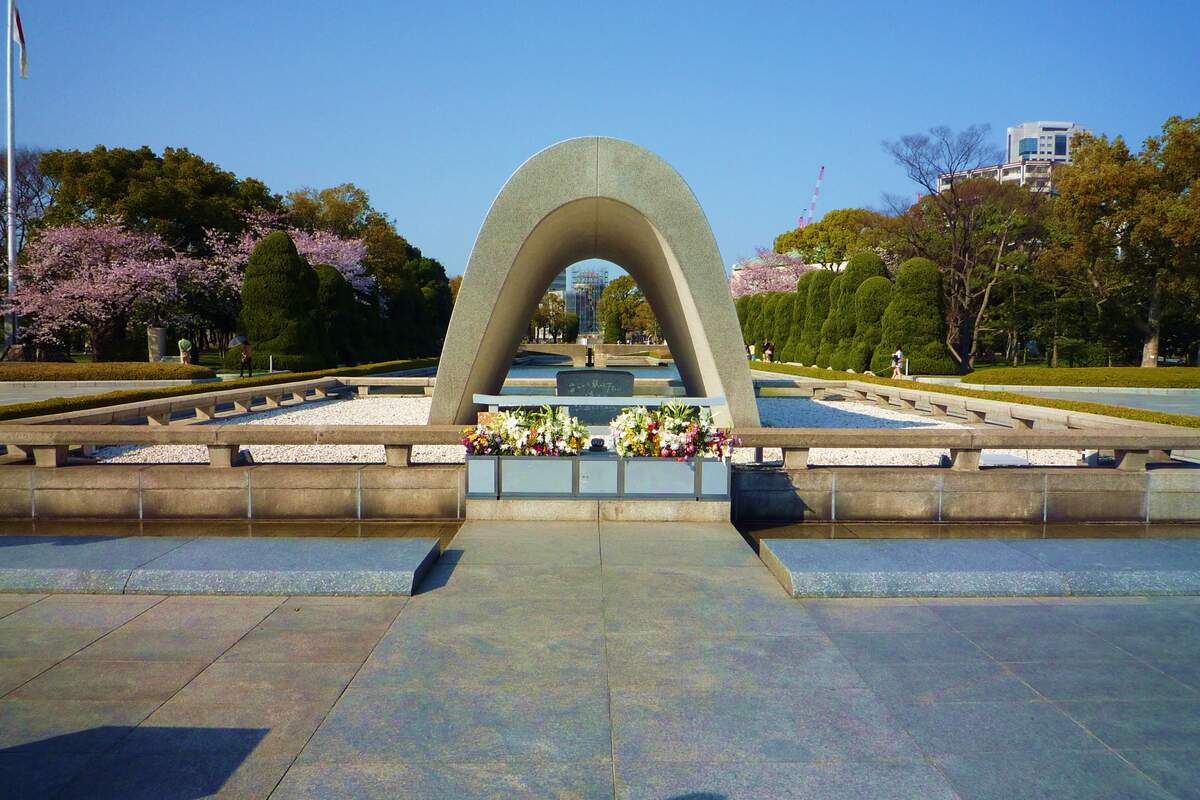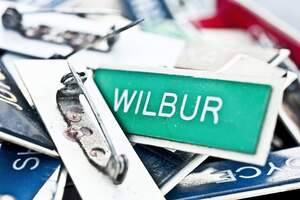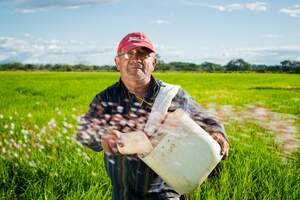

Hiroshima Day
Hiroshima Day marks the anniversary of the day the United States dropped an atomic bomb on the city of Hiroshima, Japan, during World War II. Some have used the day as a solemn remembrance of the bombing, and many memorial observances take place around the world. Others have used the day to raise awareness about the threat that nuclear weapons still pose, as well as about the dangers of nuclear energy, and have labeled the day as "No Nukes Day."
On August 6, 1945, at 2:45 a.m., the Enola Gay, a B-29 bomber, took off from Tinian Island in the Mariana Islands. It was flown by Lt. Col. Paul W. Tibbets—who had named the plane after his mother—and carried an atomic bomb called "Little Boy." At 8:16 a.m., the bomb was dropped over the city of Hiroshima. It exploded at an altitude of 1,900 feet, above a hospital. It released the equivalent of 12,500 tons of TNT and destroyed over four square miles of the city, leveling about 62,000 of Hiroshima's 90,000 buildings. Around 80,000 to 90,000 people were killed on impact, and another 60,000 died by the end of the year on account of radiation sickness and other injuries sustained from the blast.
President Harry Truman had made the decision to drop bomb after Japan had failed to respond to the United States' call for them to surrender at the recently concluded Potsdam Conference. One of the main reasons for Truman's decision to drop the bomb was because he thought there would be a greater loss of life if the Japanese mainland had to be invaded. This and other factors behind the decision to drop the bomb have long been debated.
Three days later after the Hiroshima bombing, the United States dropped an atomic bomb on Nagasaki, where tens of thousands of more Japanese civilians were killed. These bombings are the only time in history when nuclear weapons have been used on civilians. Most nations have since signed onto the Non-Proliferation Treaty, with the intent to limit and then get rid of nuclear weapons, many parts of the world—especially in the Southern Hemisphere—have also declared themselves as Nuclear Free Zones.
How to Observe Hiroshima Day
The day could be marked by going to a memorial observance. The most fitting place to attend one would be in Hiroshima, where the Hiroshima Peace Memorial Museum could also be visited. Other museums such as The National WWII Museum may also be fitting to visit. If you are unable to attend a memorial or visit a museum, you could read a book about the bombing, such as John Hersey's Hiroshima. If you are observing the day as "No Nukes Day," you could hold an event to raise awareness about the continued threat of nuclear weapons, and support groups that are working to get rid of the weapons around the world.





















